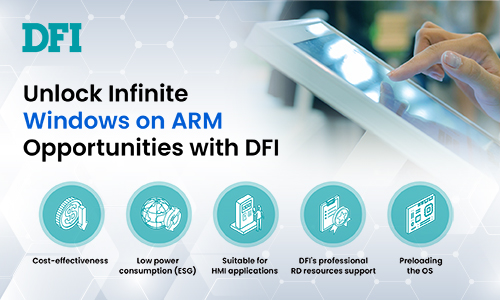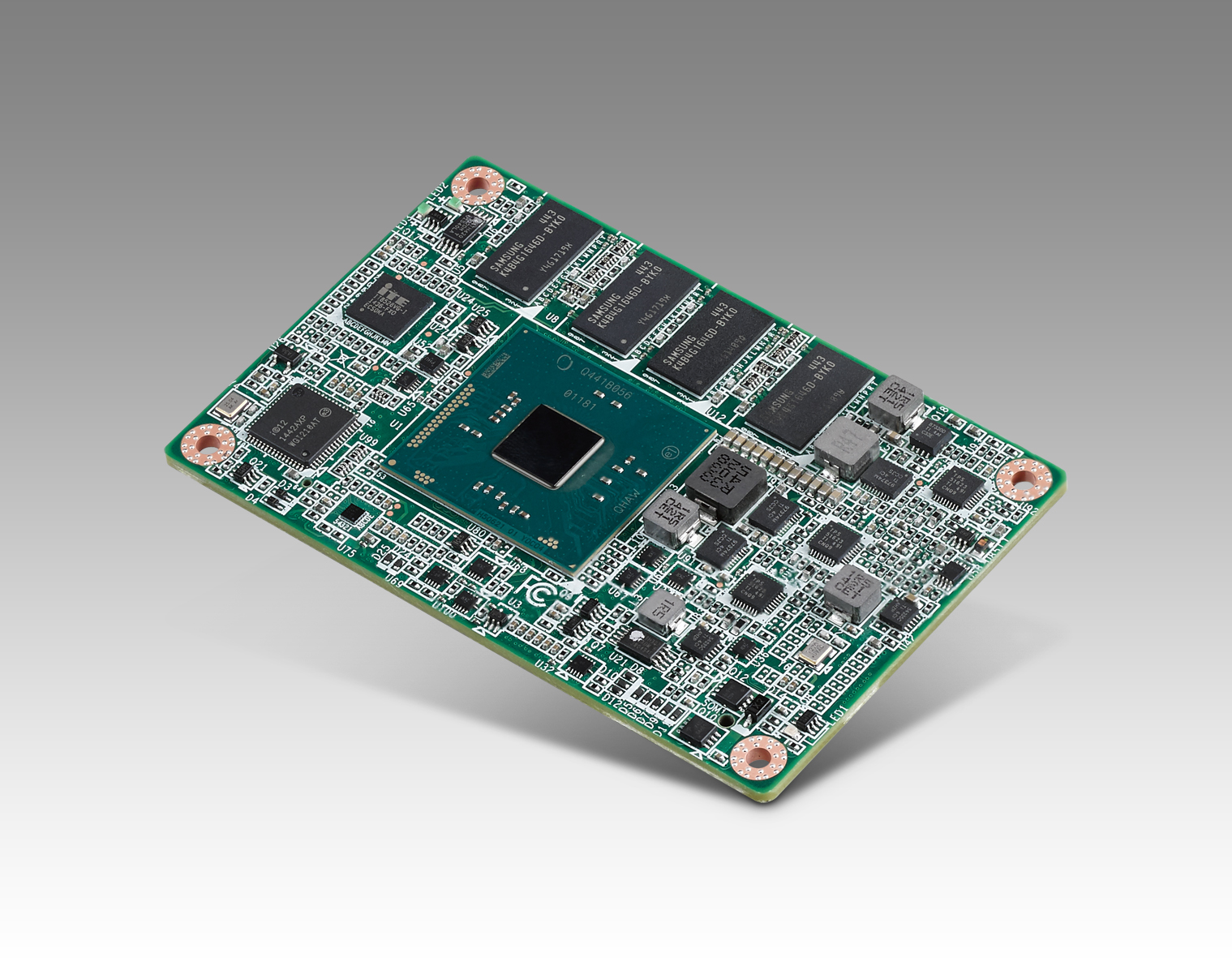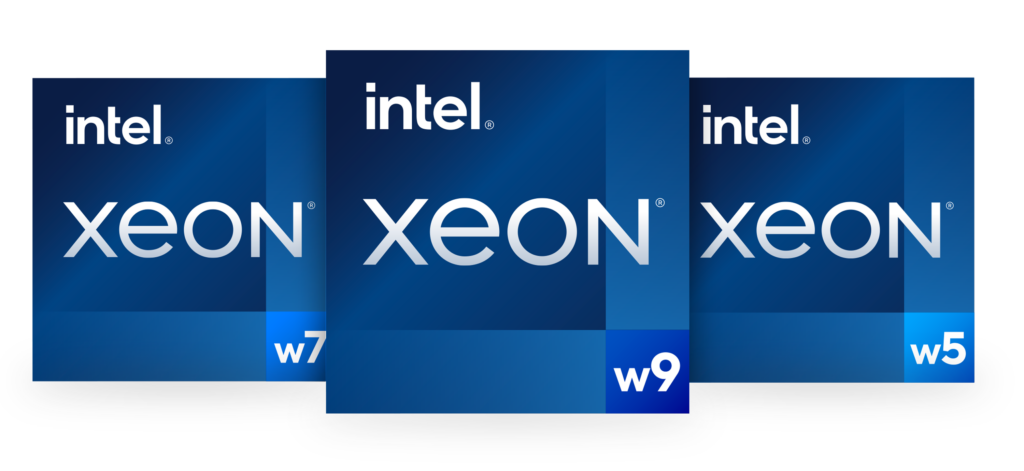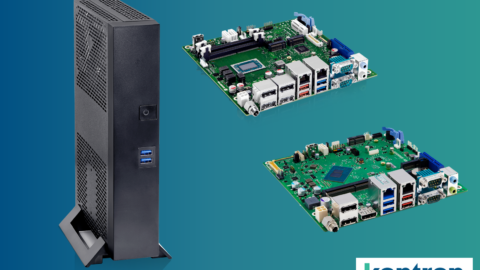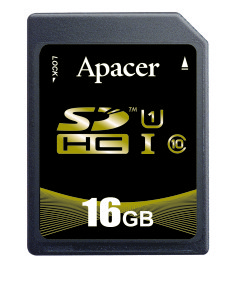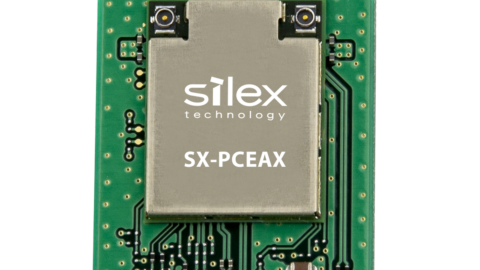DFI demonstrates Windows on ARM Products on EW2024
At Embedded World 2024, DFI announced the launch of its innovative product lineup featuring Windows on ARM (WoA). The new DFI NXP products deliver high power efficiency and seamless integration with Windows on ARM. With this release, DFI, a global player in embedded motherboards and industrial computers, is entering a new era of embedded computing, moving away from the traditional approach of Windows on x86 processors.
DFI is committed to embrace this dynamic landscape in the next years with products tailored to various customer needs. Designed to unlock the true potential of WoA the latest DFI NXP product offerings include:
- Single Board Computers
- System-embedded Box PCs
- Panel PCs
DFI’s WoA-based products provide cost-effectiveness in both hardware and software. Besides facilitating efficient cost management, the development of existing Windows applications for ARM-based computers is accelerated. The inherent low power consumption of the ARM architecture makes WoA products ideal for deployment in compact spaces and on devices with small form factors. Furthermore, WoA products are also environmentally friendly computing solutions due to the advantages just mentioned.
Target applications:
- Human-Machine Interface (HMI) applications
- Automation and self-service terminal applications (vending machines, kiosks…)
Key benefits of DFI’s WoA support:
- Seamless integration with hardware
- Peripheral support during WoA motherboard development, especially in the software development process
- DFI-Guaranteed Service, preloading the operating system before shipping
- Seamless implementation of WoA for clients
- More convenience for end users
Why Windows on ARM (WoA)?
Windows on ARM (WoA) is a version of Microsoft’s Windows operating system running on PCs powered by ARM processors. The ARM design does not support processors following the x86 architecture. The Windows on ARM platform brought Windows 10 to ARM-powered devices, and has been updated to run Windows 11 as well. The primary benefit of Windows on ARM is that it saves cost for both – hardware and operating system. Additionally, ARM-based devices feature high efficiency and low power consumption, meeting the new requirements of the green energy era. Furthermore, if existing Windows apps can run directly on ARM-based machines, app redevelopment will require much less time.
Benefits – Windows on ARM
|
Challenges – Windows on ARM
|
According to a study by Microsoft and ARM, the Windows on ARM market is expected to grow by 81% over the next five years. Windows on ARM can bring certain benefits to industrial applications. However, customers in that segment may want to test those benefits and consider other factors before investing resources. Sharing experiences with the technology can be helpful to customers who still have some reservations about WoA.

